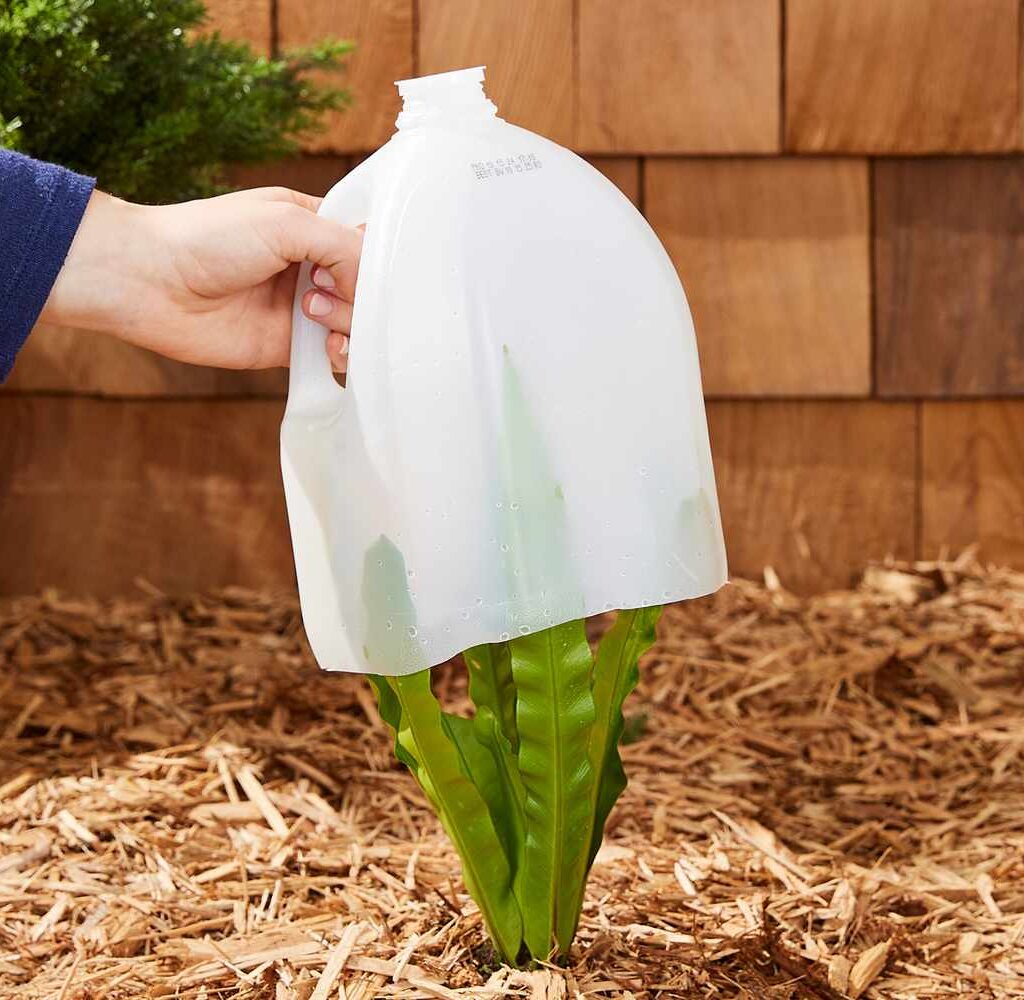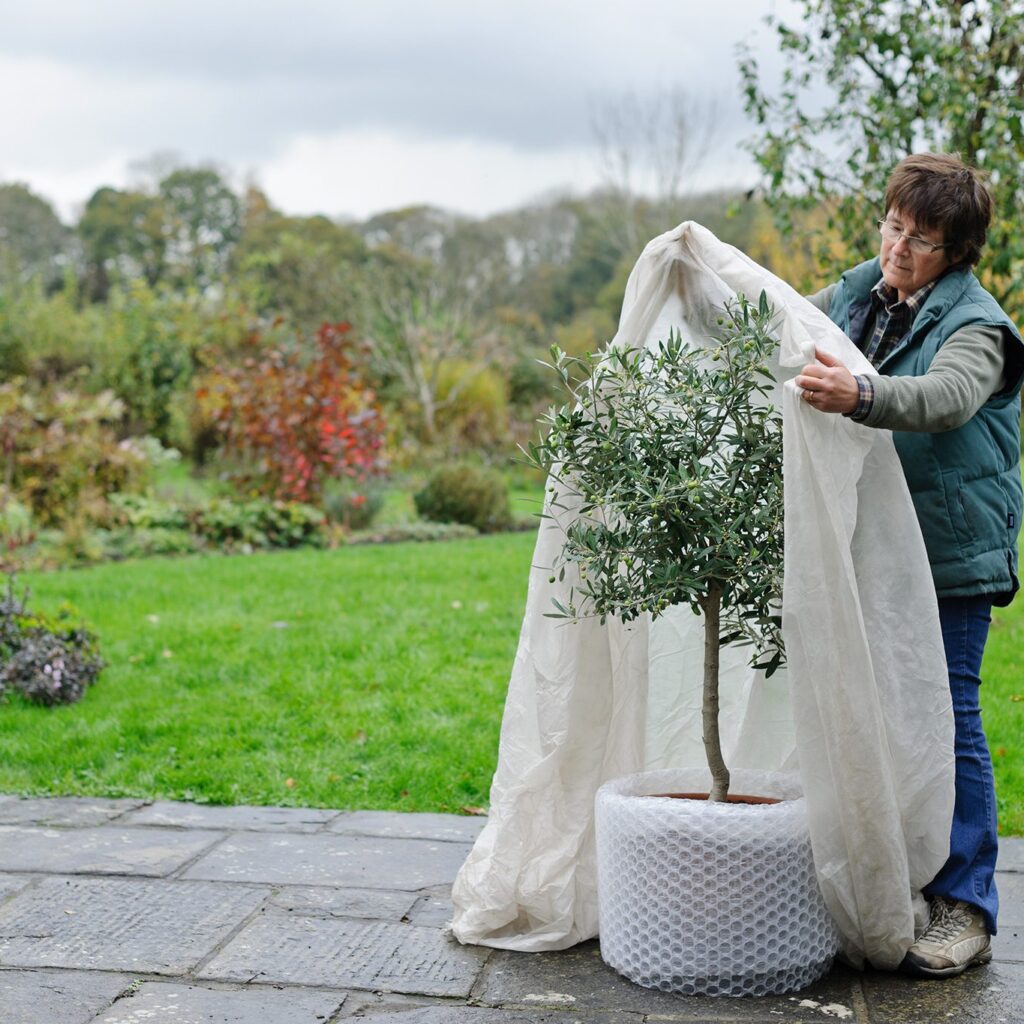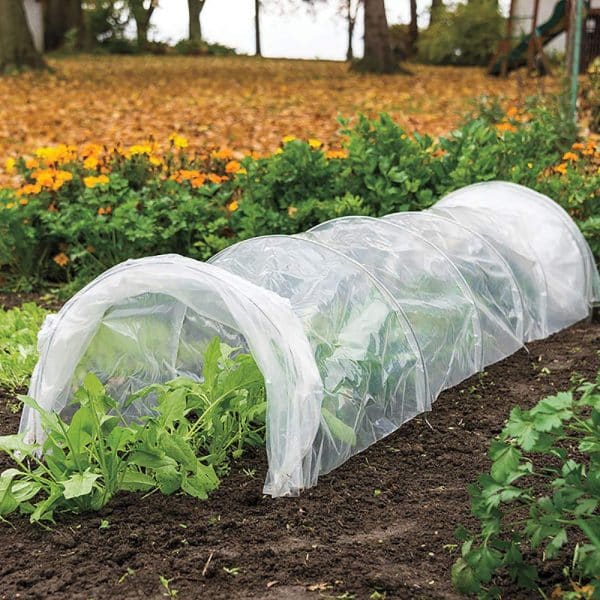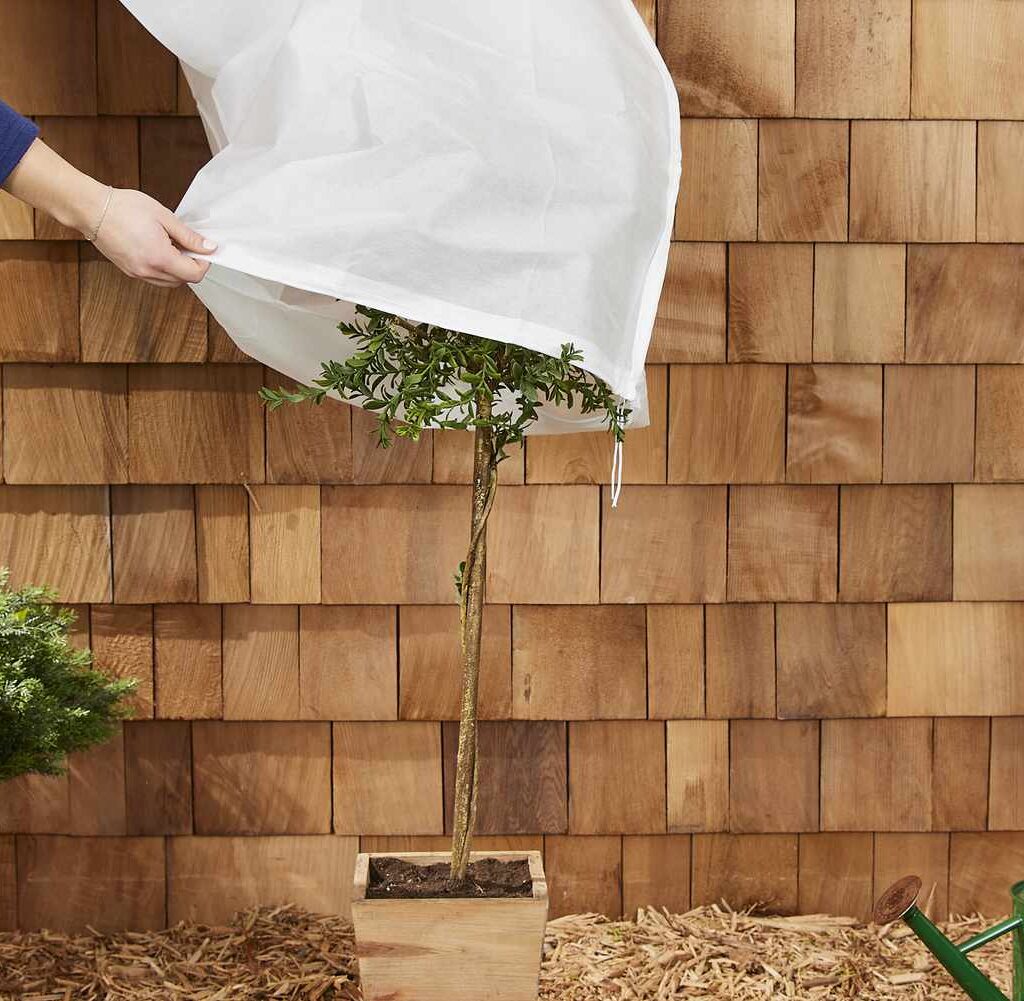As the seasons change and temperatures dip, gardeners everywhere brace for one of nature’s harshest challenges: frost. Those crisp, cold nights can wreak havoc on your tender plants, flowers, and even some hardy vegetables if left unprotected. But with a little planning, care, and creativity, you can shield your plants from the cold and help them thrive through chilly conditions.
In this detailed guide, we’ll explore what frost is, how it affects plants, signs of frost damage, and — most importantly — the best ways to protect your garden and keep your plants safe through the cold season. Whether you’re a new gardener or a seasoned grower, these practical tips will help you safeguard your green space and extend your growing season.

What Is Frost and Why Is It Dangerous for Plants?
Frost forms when the temperature near the ground drops to 32°F (0°C) or lower, causing water vapor in the air to condense and freeze on surfaces, including plant leaves, stems, and flowers.
Why is frost harmful?
Plant cells are filled with water. When exposed to freezing temperatures, this water can turn into ice, causing the cells to burst and damaging plant tissues. Frost can lead to:
- Wilted, blackened, or mushy leaves
- Drooping or collapsed stems
- Damaged blossoms
- Stunted growth or plant death in severe cases
Types of Frost to Watch For
It’s important to understand the different types of frost that can affect your garden:
- Radiation Frost: Occurs on clear, calm nights when heat radiates from the ground into the atmosphere, cooling plant surfaces below freezing.
- Advection Frost: Happens when a cold front moves in, bringing freezing air that cools everything in its path.
- Hoar Frost: Forms as delicate ice crystals when air moisture freezes on plant surfaces without cloud cover.
Identify Frost-Sensitive Plants
Some plants handle cold better than others. Before winter sets in, identify the tender, cold-sensitive species in your garden that will need extra protection.
Common frost-sensitive plants include:
- Basil
- Tomatoes
- Peppers
- Cucumbers
- Zinnias
- Impatiens
- Petunias
- Citrus trees
Hardy perennials and cool-weather veggies like kale, cabbage, and pansies usually tolerate light frost but might need help in severe cold.
Know When Frost Is Coming
Stay ahead of frost by regularly checking local weather forecasts during fall, winter, and early spring. Look for signs like:
- Clear, windless nights
- Falling evening temperatures
- Dew points nearing 32°F (0°C)
Tip: Invest in a simple outdoor thermometer or a frost alert device to monitor overnight lows in your garden.

Best Ways to Protect Plants from Frost
1. Cover Plants Overnight
One of the simplest and most effective ways to protect plants from frost is to cover them when cold nights are expected.
Use materials like:
- Old bed sheets or blankets
- Burlap sacks
- Frost cloth (available at garden centers)
- Newspaper for small plants
How to do it:
- Drape covers loosely over plants before sunset.
- Use stakes or hoops to keep covers from touching foliage (contact can freeze leaves).
- Remove covers in the morning once temperatures rise above freezing.
2. Bring Potted Plants Indoors
Container plants are especially vulnerable since their roots lack insulation. Move them inside or into a garage, greenhouse, or enclosed porch overnight.
If plants are too heavy to move:
- Group pots together for shared warmth.
- Wrap containers with bubble wrap or burlap to insulate roots.
3. Water Plants Before Frost
Well-hydrated plants are less likely to suffer frost damage than dry ones. Moist soil retains heat better than dry soil.
Tips:
- Water thoroughly during the day before a frost.
- Avoid watering in the evening, which can lead to icy soil.
4. Add Mulch Around Plants
A thick layer of mulch helps insulate soil and protect plant roots.
Use materials like:
- Straw
- Pine needles
- Wood chips
- Shredded leaves
Spread mulch 2–4 inches thick around the base of plants, but keep it slightly away from stems to prevent rot.
5. Use Cloches and Cold Frames
For an extra layer of protection, use cloches (small, bell-shaped plant covers) or build a simple cold frame with clear plastic or glass panels.
DIY cloche ideas:
- Cut-off plastic bottles
- Large glass jars
- Upside-down flower pots
Cold frames act like mini-greenhouses, trapping warmth and protecting delicate plants through cold spells.
6. Position Plants Strategically
Plant frost-sensitive varieties in naturally warmer spots around your property, such as:
- Near south-facing walls
- Under tree canopies
- Close to rock walls that radiate heat at night
These microclimates can offer a few degrees of warmth when the mercury drops.
Dealing with Frost-Damaged Plants
If your plants do get hit by frost:
- Wait before pruning — don’t remove frost-damaged leaves immediately. Damaged foliage can protect the rest of the plant from further cold.
- Water the plant once temperatures rise, helping it recover.
- Prune dead growth after a few warm days.
- Apply a balanced, gentle fertilizer to encourage new growth once danger has passed.

Protecting Vegetable Gardens from Frost
Cool-weather crops like spinach, lettuce, carrots, and broccoli can usually handle light frost, but severe cold requires added care.
Tips:
- Cover crops at night with floating row covers.
- Use hoop houses made from PVC pipes and clear plastic.
- Harvest tender crops like tomatoes and beans before the first frost.
Protecting Flower Gardens from Frost
For annuals and tender perennials:
- Cover flower beds with frost cloth or lightweight sheets.
- Move hanging baskets indoors or under shelter.
- Apply mulch around perennials’ roots for insulation.
Perennial bulbs like tulips and daffodils usually survive underground, but freshly planted ones may benefit from an extra mulch layer.

Long-Term Frost Protection Strategies
If you live in a region with frequent frost, consider adding windbreaks, hedges, or permanent greenhouses to shield your garden.
Planting hardy, cold-tolerant species and learning to embrace the natural rhythm of seasons also helps reduce stress on your plants.
Final Thoughts
Frost is an inevitable part of gardening in cooler climates, but with preparation and quick action, you can protect your plants and enjoy a thriving garden year-round. Whether you’re covering your tender tomatoes with cozy blankets or crafting DIY cloches for your flowers, these simple techniques ensure your plants stay safe and beautiful, even on the coldest nights.
So, grab those frost covers, mulch piles, and watering cans — your garden will thank you for it come spring!





Leave A Comment